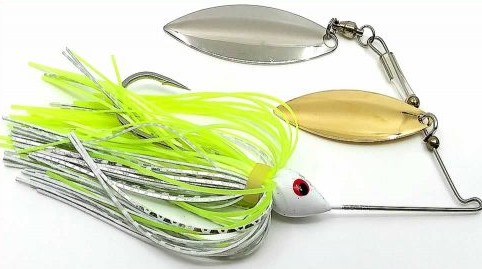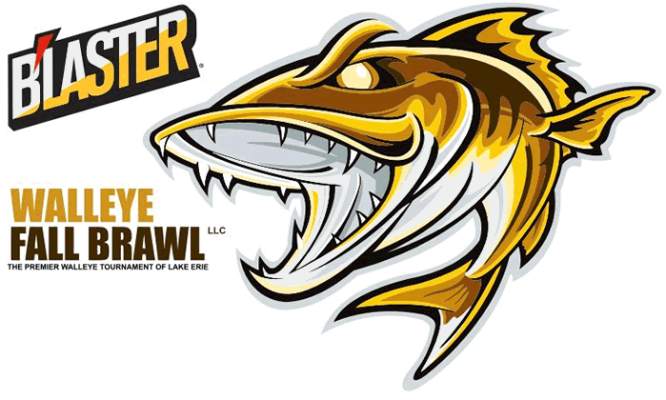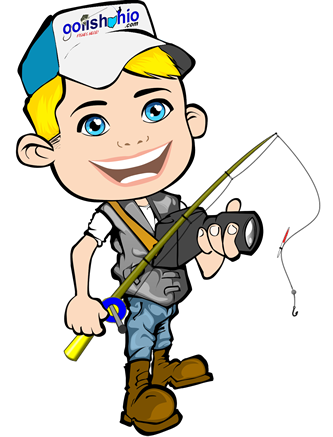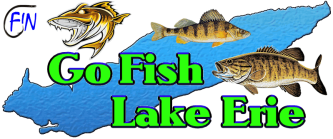Spinnerbaits are without a doubt my favorite lure for bass fishing. They are so versatile, and can be thrown in most conditions. There are so many different choices of blade colors, shapes and sizes, however, it can be confusing to choose the right one. Here is a breakdown of the combinations I have had success with and how I determine which spinnerbait to tie on.
What Blade Shape Works When?
Essentially, the three most popular spinnerbait blades are the willow leaf, the Colorado blade and the Indiana blade. Each blade makes a unique sound or vibration. The willow leaf blades spin the fastest with their long, narrow, oblong shape, and will send a vibration out like a fast moving ball of baitfish, for instance. The slightly wider, oblong Indiana blade with its beveled blade tip will create a slower, deeper vibration as it moves through the water. Finally, the round shaped Colorado blade will create the slowest, lowest vibration. Using these three blades in combination with each other creates the unique characteristic of the lure you are using.
So, which one do I use for specific conditions? My “go to” combination is a big Indiana blade and small Colorado blade. I love that I can slow roll it a bit deeper in the Spring, but can also adjust and reel it fast and shallow on top of growing weeds. I like feeling a definite thump in my rod tip as I reel. This combination seems to create a good vibration for late Spring to early Fall bass bites.
For a more “finesse” spinnerbait presentation, I choose a double willow leaf setup. I would choose this when my “go to” one is getting fish to follow, but not bite. The streamlined double willow leaf will let me reel it faster so the fish don’t get quite as good of a look at it. The double willow leaf is also good for pulling through weeds closer to the surface, as the narrow profile makes it more weedless.
Finally, I use a Colorado blade to slow down my presentation. Its wide, round shape is awesome for slow rolling your spinnerbait. It keeps your lure balanced and tracking straight. I often choose a large, single Colorado blade in the Fall, when baitfish are larger. The Colorado blade vibration is a slower, deeper thump that mimics larger baitfish.
Color Options
Along with the sound of the vibration, spinnerbait blades also provide a visual target for the fish, flashing as they spin. I have seen just about every color on spinnerbait blades, so this one is a big category. I have a very simple formula that has been tried and true for me in my 18 years of bass fishing. Gold or copper blades when its sunny. Silver blades when it cloudy or stained. Painted blades in muddy water. The gold and copper are the brightest, while silver is a good finesse color for gin clear water or finicky fish. White or chartreuse painted blades can get attention in muddy water that doesn’t reflect much light. I often accent my smaller top blade with red, either with a reflective sticker or just coloring it with a magic marker. I have found that red accents, in general, seem to trigger more bass bites in clear Ohio lakes.
Size Up The Situation
The last thing I want to address about spinnerbait blades is size. Rule of thumb: the bigger the blade, the bigger the flash and thump. I like using big Indiana or Colorado blades for slow rolling in the Spring and Fall. They are wider and help keep the bait upright and balanced. Smaller blades are great for straight, fast retrieves and smaller, more lightweight finesse rigs.
Spinnerbait blades have such a wide variety of shapes, sizes and colors to choose from. This is just a starting point if you are new to using them. Have some fun trying out different combinations. See where each one fits into your personal bass catching arsenal. I hope you have as much fun playing with spinnerbait blade combinations as I do. Happy catching!








